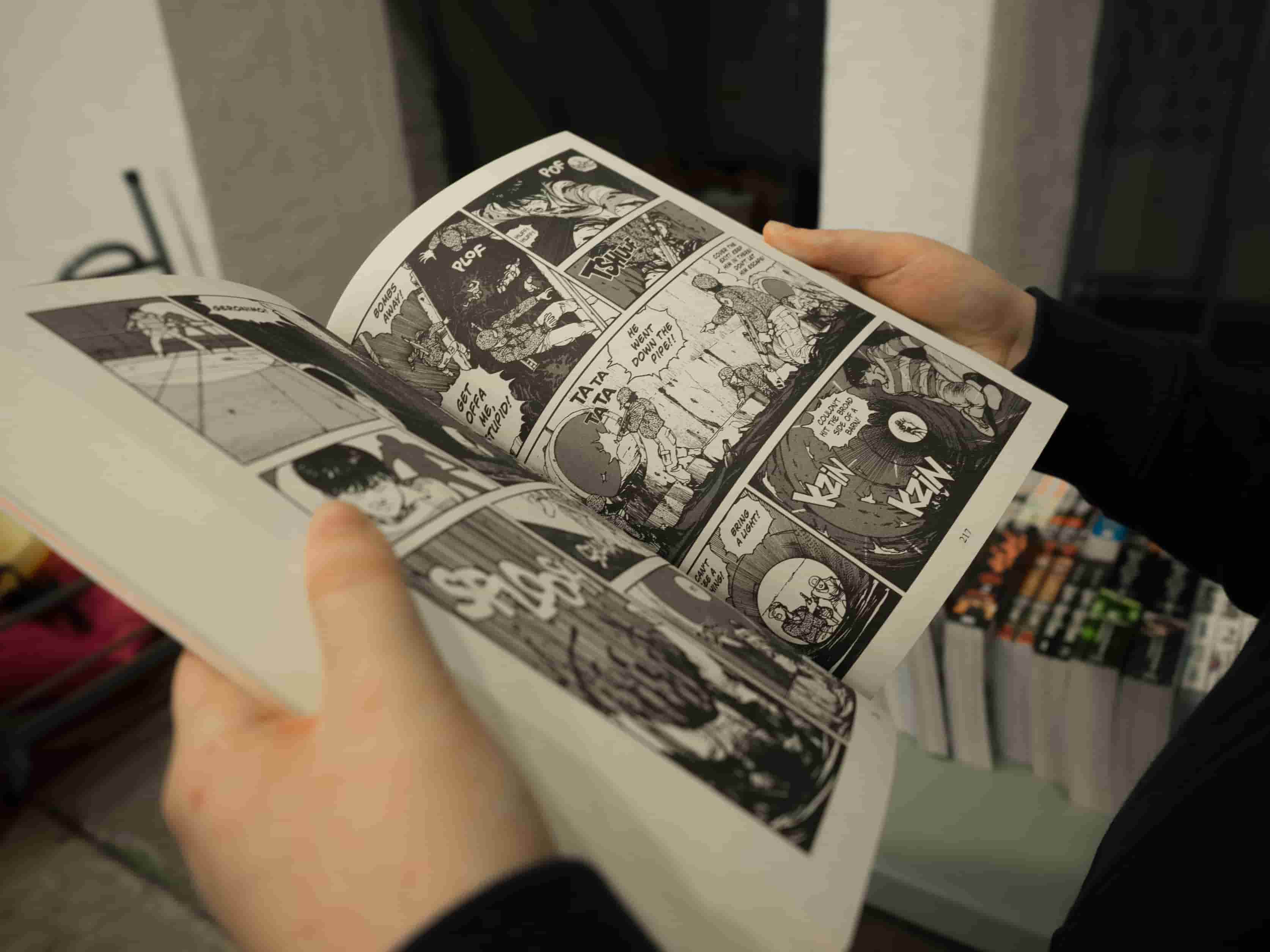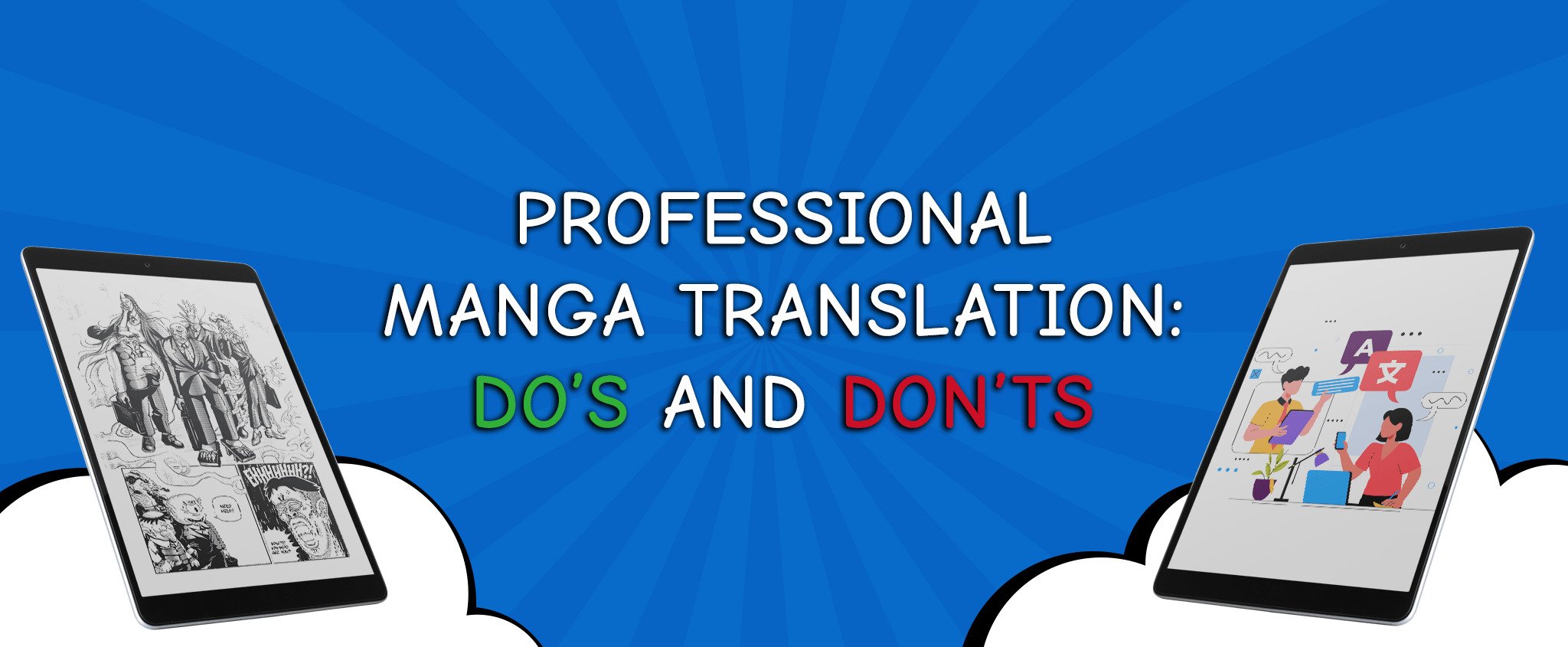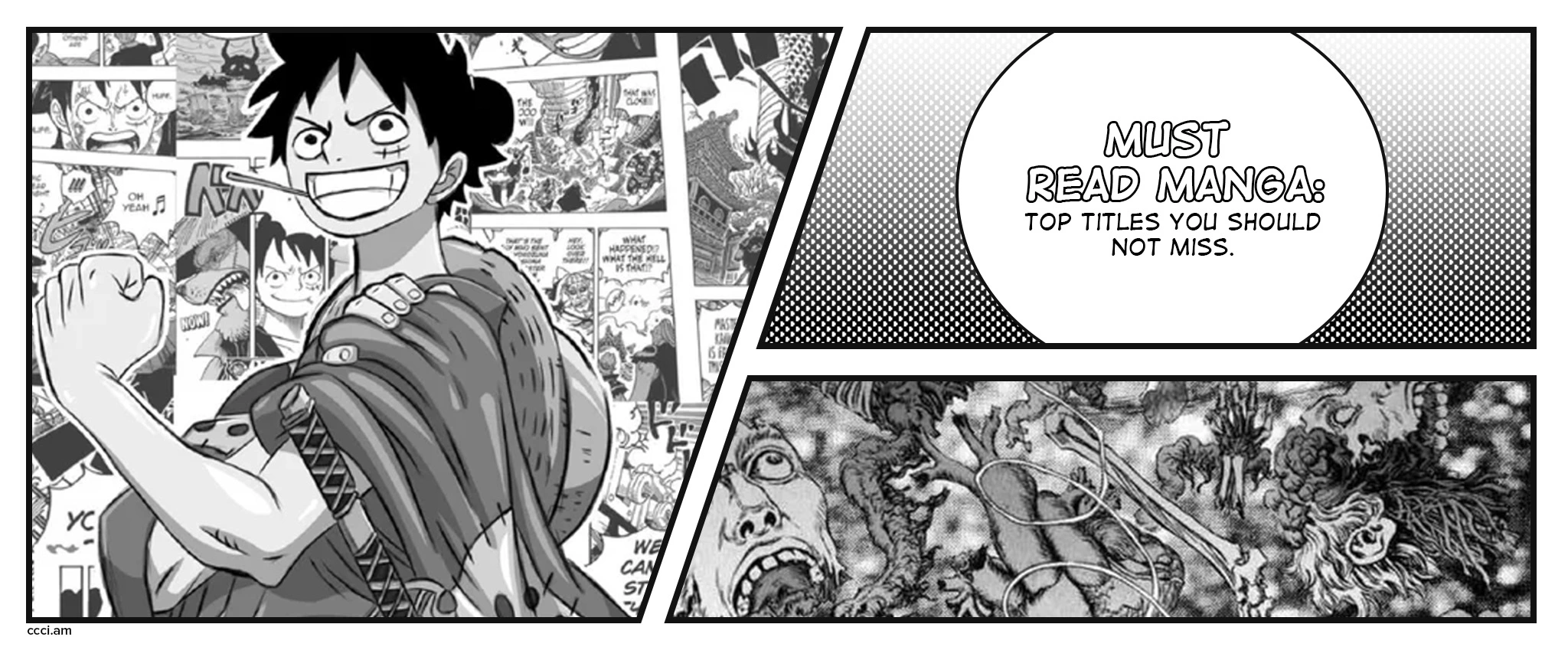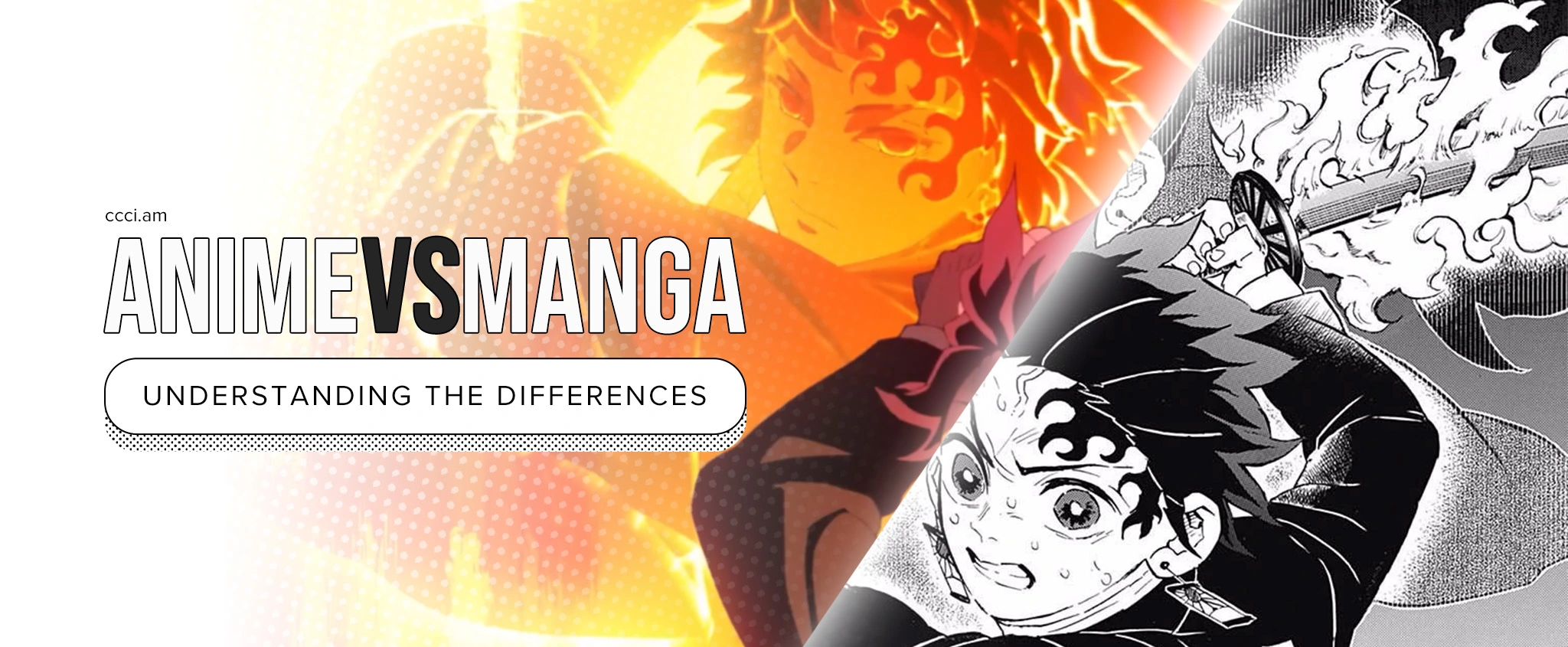Professional Manga Translation: Do’s and Don’ts
Professional manga translation is an art that requires an in-depth understanding of manga and its associated industry. This discipline combines a translator’s creative and technical skills to introduce a different culture and literary world to readers. It’s a highly specialized field that aims for faithful translations that respect the original creator’s intention and resonate deeply with international readers.
At CCC International, we’ve fine-tuned our manga services over the years to ensure our clients receive a high-quality and accurate manga English translation in other languages. Let’s highlight the do’s and don’ts of manga translation to assist new and experienced translators!
Key Takeaways:
- Professional manga translation contributed to the worldwide success of Japanese comic art.
- Professional manga services can include manga English translation or other languages, editing, typesetting, coloring, and verticalization.
- Any manga or light novel translation can be a demanding project, so the right team and resources are crucial.
Table of Contents:
- An Overview of the Manga Industry
- Manga Translation Do’s
- Manga Translation Don’ts
- More Manga Translation Tips
- CCCI – High-Quality Professional Manga Translation Services
An Overview of the Manga Industry
The history of manga is deeply rooted in Japan’s artistic and cultural heritage, originating in the 12th or 13th century. Manga has evolved over the years, and the world has since grown to appreciate its varied genres, styles, and narratives. In 2022, the industry’s value reached around USD 12.23 billion, and experts anticipate an increase from 2023 to 2030.
Manga translation serves as the bridge that connects the rich world of manga with a broader, global audience. Translating manga into English and other languages allows publishers to introduce these compelling Japanese narratives to readers worldwide, significantly widening the manga market.
Manga Translation Do’s
As we mentioned, manga translation requires unique skills and expertise. Here are some translation do’s to consider:
DO Read About the Manga
Before jumping into the translation process, it’s best to immerse yourself in the manga’s universe. Take the time to scan or skim through the chapters, getting a feel for the characters, context, and plot. An initial understanding of the manga will guide your translation.
DO Mind the Characters’ Voices
Each character has a unique personality and voice that contributes to the manga’s overall narrative. When translating, maintain these distinctions to preserve authenticity and emotional resonance. Deviating from a character’s voice could confuse readers or dilute the impact of their dialogue.
DO Use Colorful Expressions
In the vibrant world of manga, the characters’ dialogues often have expressive language. When translating, capture these expressions to maintain the manga’s essence and engage readers deeply. Don’t shy away from using slang or idioms if they can convey the same sentiment as the original text!
DO Keep It Short and Simple
The KISS principle – Keep It Short and Simple – is even more vital when the source and target languages, such as Japanese and English, are significantly different. By keeping sentences short and using simple language, you can prevent misunderstandings and maintain the flow of the story.
DO Work with an Editor
An editor’s role extends beyond correcting grammatical errors; they ensure the translated content retains the original sentiment and tone, making the narrative coherent and engaging. Manga editing also offers a fresh perspective on the translated content, identifying areas that might be clear to you as the translator but confusing for readers.
Pro Tip: An editor could be a native or fluent speaker of the source and target languages who can identify any cultural references and nuances unfamiliar to non-native speakers.

Manga Translation Don’ts
Any manga or light novel translation can easily make any translator feel overwhelmed, but here are some helpful reminders to keep you on track:
DON’T Translate Word-for-Word
Every language has grammatical structures, idioms, and cultural nuances that may not have a direct equivalent in another language. Attempting a word-for-word translation can result in grammatically incorrect or nonsensical sentences in the target language. In worst-case scenarios, it can even alter the original meaning.
DON’T Ignore Sound Effects
Sound effects, or SFX, are significantly vital in setting the mood, enhancing the storytelling, and bringing life to the visuals. When translating, it’s crucial to accurately represent the intention of these SFX in the target language. This translation might involve onomatopoeic words or, in some cases, leaving the original intact with translation notes for readers.
DON’T Neglect Culture-Specific References
Culture-specific references include idioms, customs, traditional practices, or even behaviors unique to a particular culture. Ignoring them could result in a lack of depth in the translation, taking away the richness of the original text and making the content less relatable for the readers.
Note: Through localization, you can adapt the reference to make it more relevant for the target audience. This process involves translating and adjusting cultural references to fit the context of the target language.
DON’T Use “False Friends”
“False friends” are words in two languages that may appear similar but have different meanings. For instance, ハンドル (handoru) can translate to “door handle” in English but refers to a steering wheel in Japanese. Be wary of these “false friends” as they can confuse readers and affect the accuracy of the translation.
DON’T Undervalue Other Manga Services
The visual elements of a manga, such as typesetting, coloring, and verticalization, are just as critical as the linguistic components in delivering an authentic and immersive reading experience. Work with professionals who understand the technical aspects of manga creation and provide these services alongside translation.
More Manga Translation Tips
Providing manga and comic services is not easy, but it can be incredibly rewarding. Here are a few more translation tips to keep in mind:
- Use Translation Tools. Translation tools can help find synonyms and alternate translations for difficult words or phrases. A glossary of commonly used terms and expressions can also help you save time and keep consistency.
- Go Over Your Translations. After completing a translation, always review your work for accuracy and consistency. Making mistakes can be very easy, especially when working with a large volume of text.
- Have Fun! Lastly, enjoy the translation process and let your creativity shine through. Remember, you’re telling a story, so have fun with it!
CCCI – High-Quality Professional Manga Translation Services
At CCCI, we pride ourselves on high-quality professional manga translation services in over 30 supported languages, combining linguistic expertise, cultural sensitivity, and a deep love for manga. We believe in the power of manga to cross borders and bring people together, and we’re here to help make that happen, one translation at a time. Ready to bring your manga to the global stage? Contact CCCI today!






